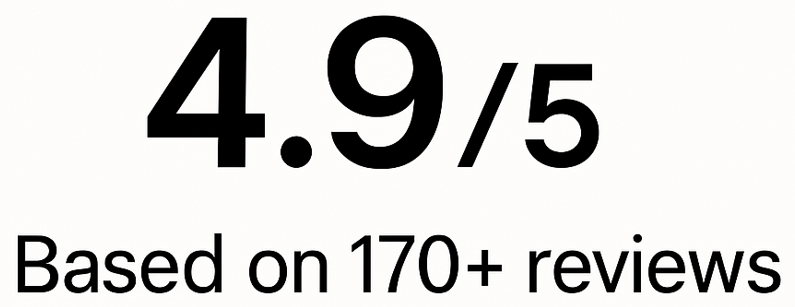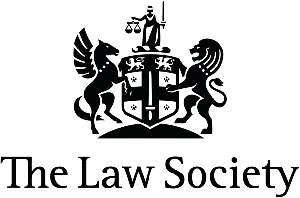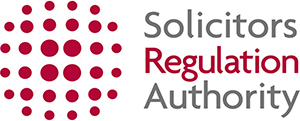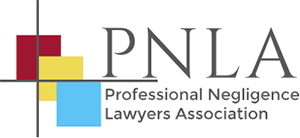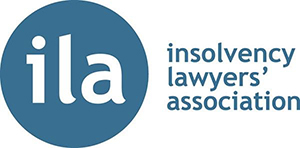Professional Negligence and the Reasonable Person Test
Professional negligence claims can occur when a professional, such as a lawyer or an accountant, has failed to perform their duties to the standard expected of someone in their profession. Determining if the advice, failure, or error constitutes negligence is crucial, and the Court will apply the ‘reasonable person test’, a legal benchmark used to assess the professional’s actions.
What is Professional Negligence?
Professional negligence can occur when a professional fails to perform their duties and responsibilities to the required standard of their profession, resulting in harm or loss to a client/person they owe a duty. This applies to various professionals, including solicitors, accountants, architects, surveyors, auditors, and medical practitioners. It is based on the expectation that professionals will deliver services with a degree of skill and care reasonably expected from someone in their position. When this standard is not met and directly causes a client to suffer a loss, it constitutes professional negligence.
What do I need to prove for a successful Professional Negligence Claim?
To succeed in a professional negligence claim, several key elements must be established:
- Duty of Care: It must be shown that the professional owed a duty of care to the client. This is typically inherent in the professional-client relationship.
- Breach of Duty: You must demonstrate that the professional breached this duty of care. This means proving that the professional did not meet the standard of care that a reasonably competent professional in the same field would have provided i.e. the reasonable person test.
- Causation: It is essential to prove that the breach of duty directly caused the claimant’s loss or harm. This link between the professional’s conduct and the client’s loss must be clearly established.
- Loss: Finally, you must show that they suffered actual loss or damage because of the professional’s breach. This loss can be financial, physical, or other forms of loss.
Successfully proving these elements can be complex and can require expert evidence particularly where consequences losses are involved, we may require forensic accountancy advice, or other expert evidence to assist in defining the standard of care and demonstrating how the breach led to the specific loss incurred.
At Go Legal, we are uniquely placed in that we also have expert tax consultants who work closely with our lawyers in-house to calculate losses and prepare reports to support claims for damages; this unique approach can strengthen your professional negligence claim and assist with negotiations on your behalf.
What is the Reasonable Person Test?
The reasonable person test is a legal standard used to determine whether a professional’s actions or inactions were in line with what could be reasonably expected of a competent professional in similar circumstances. It is a hypothetical benchmark used in professional negligence claims to assess how a ‘reasonable person’ – a person possessing the normal skills and knowledge relevant to that profession – would have acted in the same situation.
In the context of professional negligence, this test is crucial for establishing the standard of care that the professional is expected to uphold. It is not about perfection but about what is reasonably practicable and competent. This test helps in objectively evaluating the professional’s conduct, providing a fair and balanced yardstick against which their actions can be measured. It takes into account the typical practices, ethics, and standards of the profession, alongside the specifics of the situation in question.
The Court’s Application of the ‘Reasonable Person Test’ in Professional Negligence Claims
Bolam v Friern Hospital Management Committee [1957] 1 WLR 582 (medical negligence claim)
The substance of this professional negligence claim arose from a medical procedure, electroconvulsive therapy (ECT), administered to John Bolam at Friern Hospital. Bolam, the claimant, sustained fractures during the treatment. He alleged that the hospital staff failed to properly restrain him or warn him of the risks associated with the procedure, thus not meeting the standard of care expected of them.
The central issue in this professional negligence claim was: what constituted a reasonable standard of care in medicine? The test became a critical tool in determining whether the actions of the medical professionals in administering ECT without restraints or explicit warnings were in line with the practices of a competent medical professional under similar circumstances.
The key part of Justice McNair’s judgment, which formulated what came to be known as the ‘Bolam Test’, is often cited in professional negligence cases as the application of the reasonable person test:
“A doctor is not guilty of negligence if he has acted in accordance with a practice accepted as proper by a responsible body of medical men skilled in that particular art… Putting it the other way round, a doctor is not negligent, if he is acting in accordance with such a practice, merely because there is a body of opinion that takes a contrary view.”
The judgment in this negligence claim established that a professional is not negligent if their conduct is consistent with an accepted practice within their field, even if there are other schools of thought or approaches. In essence, the Bolam test assesses negligence based on the standards of a reasonable professional in the same field, rather than a general reasonable person.
Bolitho v City and Hackney Health Authority [1997] 4 All ER 771 (medical negligence claim)
This negligence claim concerned the death of a child, where it was alleged that the absence of a doctor led to the child’s death. The case examined the Bolam test in the context of a doctor’s decision-making process.
The House of Lords, in redefining the Bolam test, held that:
“In the vast majority of cases the fact that distinguished experts in the field are of a particular opinion will demonstrate the reasonableness of that opinion… however, a court would not accept a defence of responsible professional opinion if, in a rare case, it was satisfied that the opinion was not capable of withstanding logical analysis.“
Accordingly, this judgment refined the Bolam test, implying that the court, while taking into account accepted practise within the profession, must be satisfied that the professional opinion also has a logical basis.
Montgomery v Lanarkshire Health Board [2015] UKSC 11 (medical negligence claim)
The claimant, Nadine Montgomery, brought a case against the health board following complications during the birth of her son that resulted in serious injuries to the child. Montgomery, a diabetic and of small stature, was not warned of the heightened risk of shoulder dystocia (a specific childbirth complication). She argued that had she been informed of these risks, she would have opted for a caesarean section.
This professional negligence claim marked a significant shift in how the reasonable person test is applied in medical negligence, particularly regarding the duty of doctors to inform patients about the risks of treatment. The Supreme Court’s judgment highlighted the importance of taking the patient’s perspective into account:
“The test of materiality is whether, in the circumstances of the particular case, a reasonable person in the patient’s position would be likely to attach significance to the risk, or the doctor is or should reasonably be aware that the particular patient would likely attach significance to it.”
The judgment emphasised that doctors and other professionals have a duty to inform clients of any material risks involved in a proposed treatment and of reasonable alternatives. The decision marked a departure from the traditional approach in medical decision-making, now placing greater emphasis on patient autonomy and the individual patient’s perspective in the application of the reasonable person test.
Saif Ali v Sydney Mitchell & Co [1980] AC 198 (solicitor negligence claim)
This was a professional negligence claim against a firm of solicitors. Saif Ali, the claimant, alleged that the solicitors were negligent in handling his defamation claim, which had ultimately been struck out on the grounds that it was unlikely to succeed and that it was an abuse of process.
The judgment of the House of Lords is significant in setting out the standard for solicitor negligence, and how the reasonable person test is applied in negligence claims against solicitors:
“It is not enough for him to say that he acted in accordance with a practice accepted by some responsible body of solicitors if it can be demonstrated that the practice was unreasonable…”
Further claims for negligence against lawyers will arise “only where the acts or omissions of the lawyer are so incompetent as to incur liability for negligence that his client can recover damages for loss which he has sustained.“
This professional negligence claim emphasised that while solicitors are expected to exercise a reasonable level of skill and care, they will not avoid a claim for professional negligence simply by following an accepted practice. The judgment brought clarity to the reasonable person test in legal practice, highlighting that the standard of care expected is not just about adhering to common practices but also about exercising reasonable judgment and skill.
Mediation in Negligence Claims
Alternative dispute resolution, where suitable, provides many advantages for parties in professional negligence claims. Our lawyers are strong advocates for mediation, which can often lead to favourable settlements.
Several of our professional negligence lawyers are trained mediators and expert negotiators who are registered members of the Chartered Institute of Arbitrators (CIArb) and the International Mediation Institute. Our expertise in mediation gives our lawyers a significant and unique advantage when navigating settlement discussions on your behalf.
Expert Professional Negligence Lawyers in London
Succeeding in a professional negligence claim requires a nuanced understanding of the reasonable person test. The test serves as a benchmark for evaluating professional conduct against the expected standards in various fields. It underscores the importance of a balanced and fair assessment, taking into account the specifics of each profession and the circumstances of each case.
At Go Legal, our team of expert professional negligence lawyers are experienced in recovering compensation for clients and applying legal principles to support claims effectively. We understand the complexities involved and are committed to providing clear, straightforward advice, ensuring that our clients’ interests are robustly represented.
If you believe you have suffered due to professional negligence and need guidance on how to proceed, we are here to help. For a Free Consultation and to discuss your negligence claim, please get in touch with us at 0207 459 4037.




